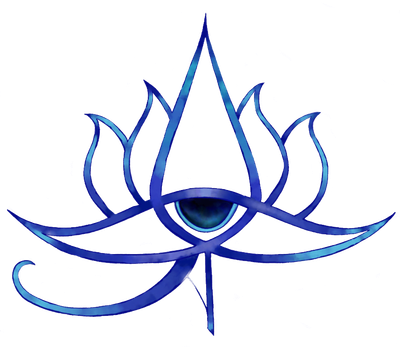mandala
MANDALA
The Sanskrit word for circle. For Jung, the mandala was a symbol of wholeness, completness, and perfection. Symbolized the self.
One of the richly illustrated manuscripts of the sixteenth century is the Zubdat-al Tawarikh in the Museum of Turkish and Islamic Arts in Istanbul, dedicated to Sultan Murad III in 1583. The manuscript contains forty miniatures of the finest quality reflecting the mature Ottoman court style of the latter part of the sixteenth century. Celestial map, signs of the Zodiac and lunar mansions.
The art of Ottoman Turkish miniature painting reached its peak in the sixteenth century, especially during the reigns of Suleyman the Magnificent and Murad III, who were both great patrons of art responsible for the uninterrupted output of the imperial ateliers during this period. Most of the miniatures executed in the sixteenth century took their subjects from Ottoman history illustrating major political and social events of the time. Less attention was given to producing literary manuscripts. Illustrated religious texts which increased in number later in the century very often remained in a historical framework. That is, in some of the major books on world history, Ottoman sultans were linked genealogically with Koranic and Biblical prophets. The Zubdat-al Tawarikh is a book of that nature where the text is a summary of Biblical and political world history covering the creation of the world, stories of the prophets and prominent historical figures of the past.
Instead of trying to be a mountain, teaches the ancient Tao Te Ching, "Be the valley of the universe". In this way, you are restored to a wholeness and so "all things will come to you."
Source: Turkish Treasures Culture /Art / Tourism Magazine, 1978
